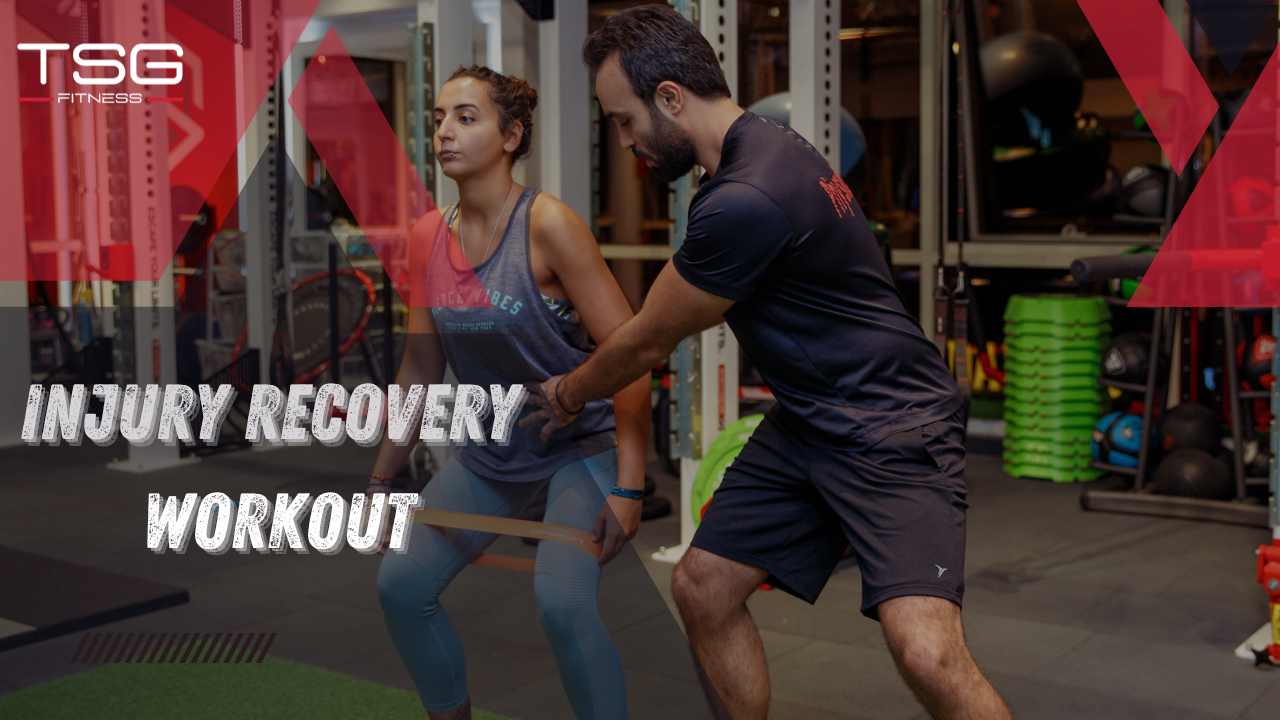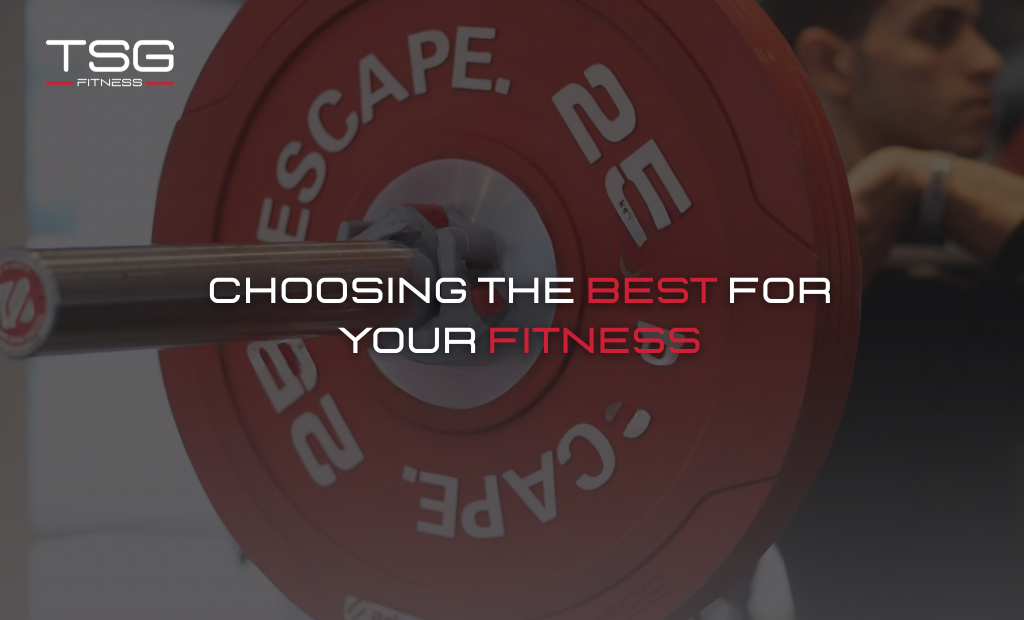
How Long Does It Take to Regain Fitness After Injury? A Complete Guide to Injury Recovery Workouts
Bouncing Back Stronger—Regaining Fitness After Injury
Getting sidelined by an injury is frustrating. Whether it’s a strained hamstring, sprained ankle, shoulder impingement, or post-surgical downtime, nothing’s more demotivating than watching hard-earned gains fade. But here’s the silver lining: with the right injury recovery workout, smart rehab strategies, and patience, you can absolutely regain lost fitness—and often come back stronger.
The timeline for returning to pre-injury fitness varies based on the type and severity of the injury, your training history, age, and how well you stick to a recovery plan. Some bounce back in weeks, while others need months. But recovery isn’t just about healing tissue—it’s about rebuilding strength, restoring mobility, regaining endurance, and rebuilding confidence.
This in-depth guide explains how long it takes to regain fitness after injury, what variables affect your timeline, and how to create an injury recovery workout plan that speeds up healing while avoiding setbacks. Whether you’re a weekend warrior or a competitive athlete, these strategies will help you reclaim your strength, stamina, and rhythm safely and effectively.
Factors That Influence Your Fitness Recovery Timeline
Type and Severity of Injury
The more serious the injury, the longer the recovery. A mild muscle strain might need 1–3 weeks, while a torn ligament or fracture could demand 8–16 weeks or more.
Common Injury Recovery Timelines:- Muscle strains: 2–4 weeks
- Tendonitis: 4–6 weeks
- Ligament sprains: 6–10 weeks
- Fractures: 8–12 weeks
- Post-surgery: 3–6 months
Pro Tip: Always follow medical advice before returning to full activity. Jumping in too soon can cause reinjury and delay your recovery.
Fitness Level Before Injury
If you were in great shape before getting injured, chances are you’ll bounce back faster. This is due to muscle memory, a phenomenon where your body “remembers” its previous condition and rebuilds faster.
Highly trained athletes might see significant strength gains within 3–4 weeks of consistent training post-clearance.
Beginners or sedentary individuals may take longer—closer to 8–12 weeks—as they rebuild baseline conditioning.
Good news: The fitter you were before the injury, the quicker your comeback—if you recover smart.Duration of Inactivity
The longer you’re inactive, the more muscle mass, endurance, and neuromuscular coordination you lose. Even two weeks of full rest can cause noticeable detraining effects.
Deconditioning Timeline:- Strength loss: Begins in 2–3 weeks
- Cardiovascular decline: Noticeable after 7–10 days
- Flexibility loss: Can occur in as little as one week
That’s why early, low-impact injury recovery workouts (under supervision) are essential to minimize loss.
Age and Metabolism
Age impacts recovery speed. Younger bodies typically heal faster and respond to retraining quicker, while older individuals may need more recovery time and mobility work.
Adaptations to Consider:- Add mobility drills to maintain range of motion.
- Incorporate longer warm-ups and cooldowns.
- Use joint-friendly modalities like swimming, cycling, or Pilates.
Stages of Fitness Recovery: A Step-by-Step Breakdown
Phase 1: Rest and Acute Care (0–2 Weeks)
Focus on healing. If you’re immobilized, maintain mental sharpness with meditation or breathing exercises. Stay mobile if safe—non-injured areas can often still train.
Prioritize:
- RICE (Rest, Ice, Compression, Elevation)
- Anti-inflammatory nutrition
- Gentle movement within pain-free range
Phase 2: Mobility and Activation (2–6 Weeks)
Begin gentle movements to restore mobility and stimulate blood flow to healing tissues. Mobility work helps reduce stiffness and reintroduces movement safely.
Try:
- Foam rolling and dynamic stretching
- Resistance bands and bodyweight exercises
- Isometric holds (e.g., wall sits, plank variations)
Phase 3: Strength Reintegration (4–8 Weeks)
Introduce progressive strength training. Start with light weights, high reps, and slow tempo. Focus on form, range of motion, and muscle control.
Sample Moves:
- Modified squats, glute bridges, rows, presses
- Resistance bands before free weights
- Unilateral work to balance both sides
- Avoid explosive or high-impact work until you’ve rebuilt baseline strength and joint stability.
Phase 4: Rebuild Endurance and Conditioning (6–12 Weeks)
Cardio comes back now—slowly. Begin with low-impact options and build up intensity. Monitor heart rate and energy levels to prevent overtraining.
Start With:
- Walking or incline treadmill
- Stationary biking or rowing
- Swimming or aqua jogging
- Gradually reintroduce intervals or short HIIT sessions only after full joint clearance.
Phase 5: Return to Performance (8–16+ Weeks)
Once mobility, strength, and endurance return, it’s time to rebuild performance capacity. This includes power, speed, agility, and sport-specific skills.
🏃♂️ Include:
- Plyometric drills
- Olympic lifts (light and technical at first)
- Sport conditioning drills
- Sled pushes, agility ladders, sprint mechanics
- Always monitor volume and intensity closely.
Injury Recovery Workout Tips: Train Smart, Not Just Hard
Modify Movements Without Losing Progress
An injury doesn’t mean stopping all activity. Modify, adapt, and work around the injury.
Examples:
- Upper-body injury? Focus on legs, core, and mobility.
- Lower-body injury? Do seated presses, pull-ups, or lat pulldowns.
- Core strain? Emphasize cardio and lower-intensity strength work.
Staying active improves blood flow and mental health, and maintains a training habit.
Use Cross-Training to Stay Conditioned
Switching to low-impact activities helps maintain cardiovascular fitness and reduce stress on injured areas.
Great cross-training options:
- Swimming or water aerobics
- Elliptical or recumbent cycling
- Pilates or bodyweight flow workouts
Incorporate Active Recovery Days
Rest doesn’t mean lying still. Use active recovery to aid tissue healing and reduce soreness.
Good active recovery options:
- Yoga
- Foam rolling
- Walking
- Light mobility circuits
Avoid pushing intensity—these days are about moving with intention.
Nutrition and Lifestyle for Faster Recovery
Eat to Heal: Recovery Nutrition Basics
Fuel your body with nutrient-dense foods that support tissue repair and inflammation control.
Eat More:
- Protein: Lean meats, fish, eggs, Greek yogurt (1.6–2.2g/kg)
- Healthy fats: Avocados, nuts, olive oil, fatty fish
- Complex carbs: Oats, quinoa, sweet potatoes
- Anti-inflammatories: Berries, turmeric, ginger, leafy greens
Avoid:
- Excess sugar and processed foods
- Alcohol and dehydration
Sleep and Stress Management
Prioritize 7–9 hours of sleep nightly. Your body repairs and regenerates during rest.
Use mindfulness or deep breathing to control cortisol and support healing.
FAQs: Regaining Fitness After Injury
- How long does it take to regain fitness after injury?
Depending on severity, it can take 4 to 12 weeks. Minor injuries heal in weeks; major ones may require several months of structured rehab and progressive training. - Can I train around my injury?
Yes. With proper guidance, you can work other muscle groups, maintain conditioning, and stay active safely. - When should I return to strength training?
Once the pain subsides, and a medical professional gives the green light. Start with light resistance and progress slowly. - How do I avoid losing all my gains?
Stay consistent with non-injured workouts, mobility work, and proper nutrition. Focus on what you can do, not what you can’t. - Is cardio safe during injury recovery?
Yes—if it’s low-impact and cleared by a professional. Activities like swimming or cycling are often safe and effective.
Reclaim Your Fitness—One Step at a Time
Injury isn’t the end. It’s a detour. With smart injury recovery workouts, structured progression, proper nutrition, and patience, you can bounce back, rebuild your strength, and maybe even return stronger than before.
Every day you stay consistent brings you closer to where you were—and beyond.
Want expert guidance through your recovery? TSG Fitness offers personalized injury recovery coaching, mobility work, and post-rehab training programs to help you move forward—safely and confidently.
📞 Contact TSG Fitness: 012 01021017
🌐 Visit: www.tsgfitness.net
Rebuild smarter. Recover stronger. Return better.



